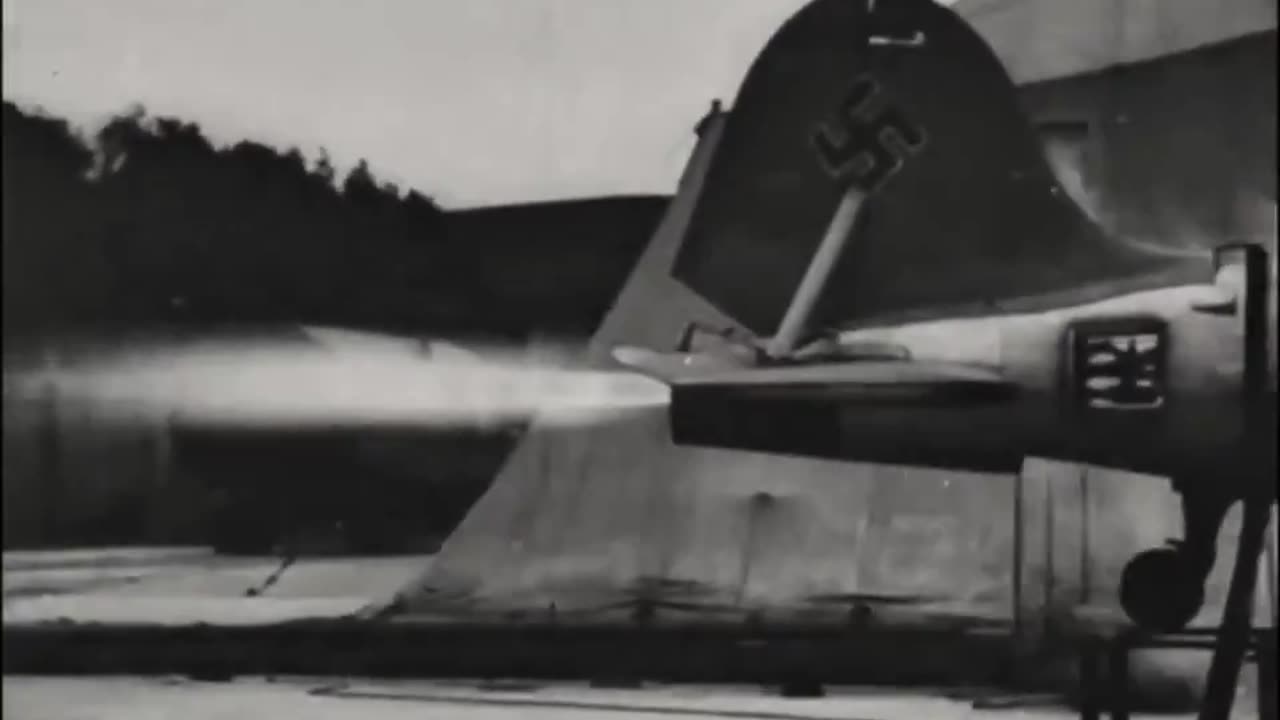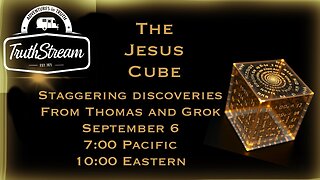Premium Only Content

Heinkel He 112 liquid-fueled rocket propulsion testbed during trials circa 1937
Prior to the Second World War, the Germans were quite interested in the experimentation and the development of rocket technology. Various tests conducted by Dr. Wernher von Braun were carried out at the Kummersdorf-West test centers. While this research eventually led to the creation of the infamous V-2 rocket, the development of rocket engines that were intended to possibly be installed in aircraft is often overlooked. Ernst Heinkel was quite a supporter of this project and even donated a number of aircraft to be used as testbeds for the potential new engine. He even donated a few pre-production series He 112 for this research.
A rocket engine was installed in the rear of the fuselage, with the engine nozzle being placed just beneath the tail unit. During the first ground test, the engine exploded, destroying the aircraft (He 112 A-01) in the process. Another He 112 V3 aircraft was outfitted with the rocket engine and was being prepared to conduct its first test flight. As the pilot was approaching this aircraft, the rocket engine exploded again. Somewhat miraculously the pilot survived with no major injuries. While again the aircraft was lost, another aircraft that was built as a replacement would receive the same markings.
Von Braun requested another aircraft which Henkel provided, this was the He 112 V8. During these trials it received a slightly altered designation V8/U. The plane was to ascend on its own piston engine. Then at a certain height, it was to fire the rocket engine wich was placed to the rear of the fuselage for a 30-second burst. This flight test was carried out in April 1937 and was more than successful. During the short burst, the plane reached a speed of 460 km/h (286 mph). The He 112 V8 was returned to Heinkel but two more aircraft (H7/U and A-03) would be donated for the rocket research program. The V8 would be eventually sent to Spain in 1937 and its final fate is unknown. Thanks to the He 112, the German rocket engine program gained a huge boost, which would eventually lead to the He 176 and later Me 163.
-
 2:30
2:30
hw97karbine
15 days agoArmy Ranger Combat Training School at Fort Shafter in Honolulu circa 1943
1371 -
 1:38:47
1:38:47
Badlands Media
1 day agoDevolution Power Hour Ep. 387: Trump, Epstein, Durham Mysteries, and North Korea Ops
77.9K19 -
 1:05:23
1:05:23
Man in America
14 hours agoSoaring Gold Exposes the Imminent Crash of the Old System w/ John Perez
39.5K7 -
 2:42:40
2:42:40
TruthStream with Joe and Scott
14 hours agoTHOMAS AND GROK: AI, Bible decodes, The JESUS Cube live 9/6 #487
25K2 -
 2:34:46
2:34:46
BlackDiamondGunsandGear
8 hours agoGet Prepped / After Hours Armory / LIVE SHOW /
17K1 -
 2:01:39
2:01:39
Tundra Tactical
7 hours ago $6.38 earned🛑LIVE NOW!! This spits in the face of the Second Amendment.🛑
27.1K4 -
 2:34:46
2:34:46
DLDAfterDark
6 hours ago $1.64 earnedIt's SHTF! Do You Have What You Need?? Let's Review Items & Priorities
19.1K4 -
 28:58
28:58
Stephen Gardner
7 hours ago🚨Explosive allegations: Rosie O’Donnell connects Trump to Epstein scandal!?
33.9K61 -
 LIVE
LIVE
SavageJayGatsby
2 days agoSpicy Saturday | Let's Play: Grounded
504 watching -
 2:06:27
2:06:27
MattMorseTV
8 hours ago $50.92 earned🔴Vance just went SCORCHED EARTH.🔴
128K180